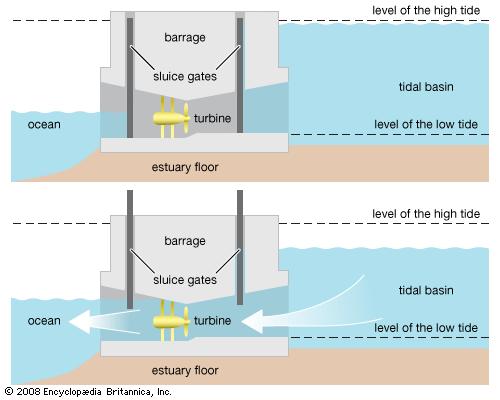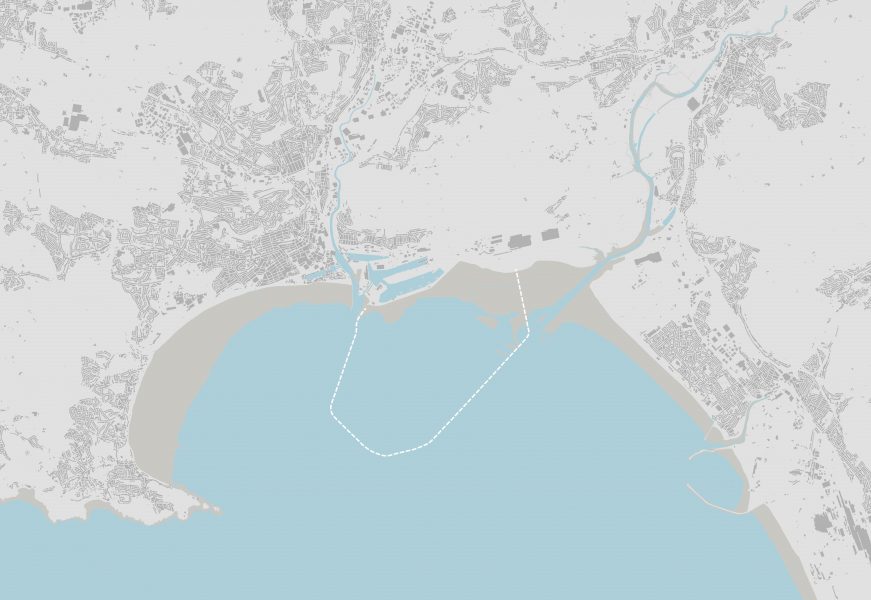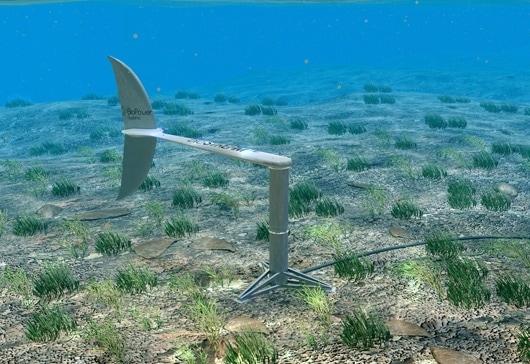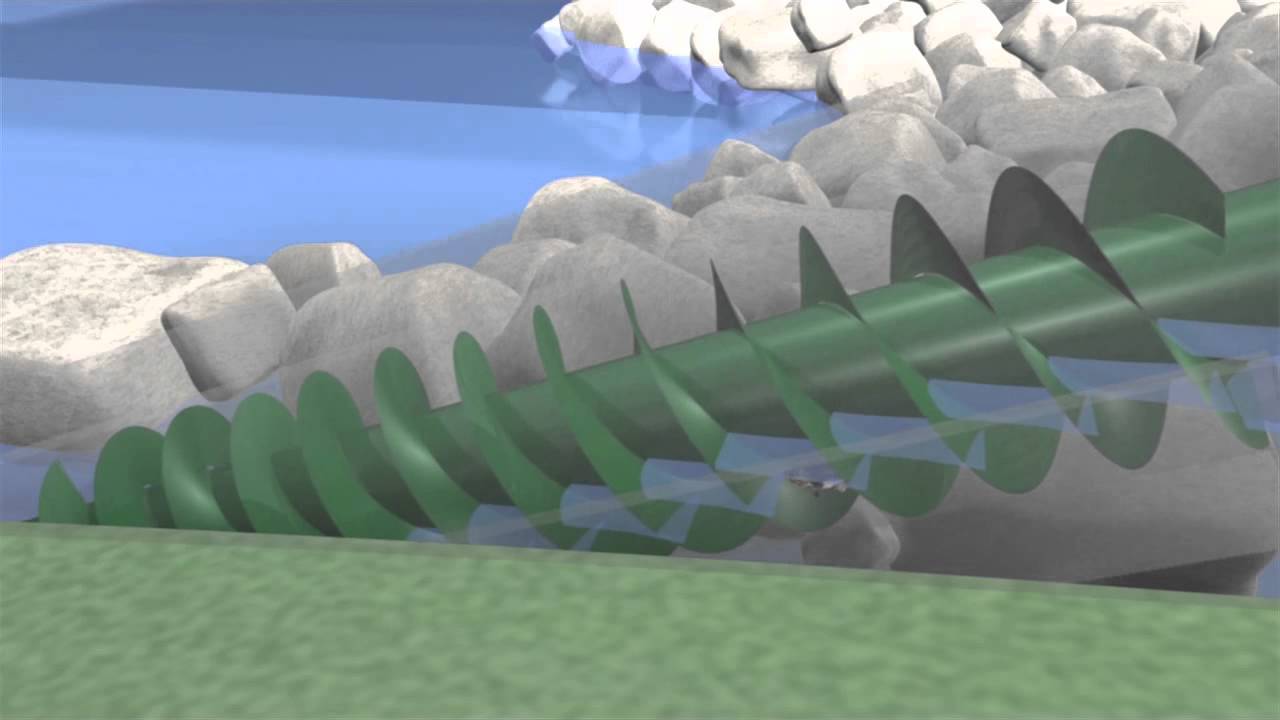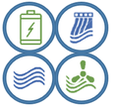Background
Tidal energy is a renewable source of, mainly, electrical power which uses tidal currents for generation. Currently, this energy source is not widely exploited, however, is receiving increased interest and investment due to the predictability of tides and the stability which this would offer in an electrical network. As with all marine technologies, tidal energy installations are typically much more expensive than onshore renewable options such as solar and wind energy. An additional constraint is the lack of sites with a suitable tidal range or velocity, capable of generating significant amounts of energy so as to justify investment.
There currently exist two explicit methods of tidal energy capture; tidal range devices, which operate using the potential energy difference between two bodies of water either side of a man-made constraint, and tidal stream devices which are deployed in areas of high tidal flow and exploited through the use of tidal turbines.
There currently exist two explicit methods of tidal energy capture; tidal range devices, which operate using the potential energy difference between two bodies of water either side of a man-made constraint, and tidal stream devices which are deployed in areas of high tidal flow and exploited through the use of tidal turbines.
Tidal Range
Tidal range devices can be broadly separated into two categories: Tidal Barrages and Tidal Lagoons:
|
Tidal Barrage:
Tidal barrages are essentially dams, housing turbines, which are normally located in tidal estuaries, and use the tidal range in order to generate power. Sluice gates are opened and closed periodically to control the tidal flow and maximise the energy production. Performance of the barrage can be improved using a process known as 'over-topping'; additional water is pumped to the basin side of the barrage in order to increase the height difference, or 'head', between the bodies of water, thus increasing the potential energy of the flow to pass over the turbines. |
|
Tidal Lagoon:
A tidal lagoon is a power station which operates very much in a similar fashion to tidal barrages, however, unlike a barrage, it does not typically span a tidal estuary, and instead operates in tandem with a breakwater to create an artificially constrained body of water. A well known example of this is the proposed Swansea Bay Tidal Lagoon, expected to produce around 320MW of electricity and involve a capital investment of £1.3 billion. This is defined as a 'pathfinder' project which will act as a litmus test prior to the potential deployment of the technolgy on a larger scale in the U.K. |
Tidal Stream
There is a much wider variety of tidal stream devices, as numerous configurations are tested and demonstrated in order to investigate the most beneficial method of energy extraction. The most common types of devices can be seen below:
|
Horizontal Axis Turbine:
The most typical of those under development, horizontal axis turbines operate fundamentally similar to most wind turbines as the blades rotate around the horizontal axis of the device. |
Vertical Axis Turbine:
Similar to the horizontal axis turbine, however the tidal stream makes the blades rotate around the vertical axis. |
|
Oscillating Hydrofoil:
A hydrofoil is mounted upon a lever arm and oscillation is caused by the tidal flow, the motion drives a hydraulic system which generates electricity. |
Other:
Other unconventional methods of capture include venturi devices, tidal kites and Archimedes screw; however these are at a significantly inferior level of development than most other devices. |

